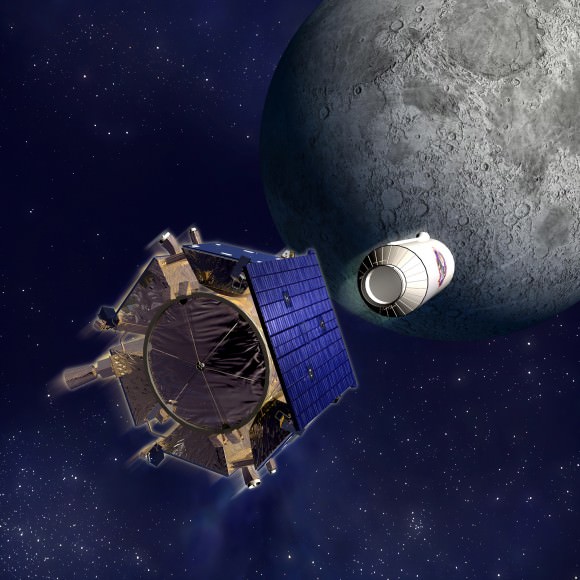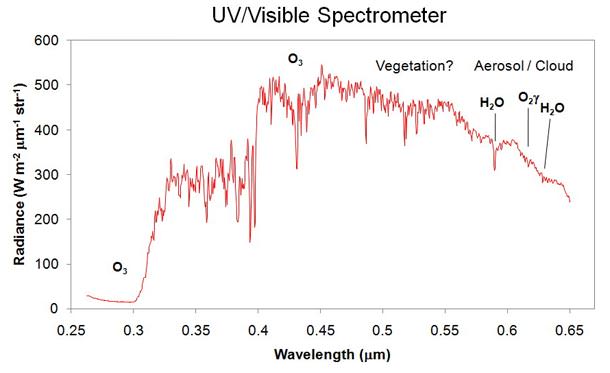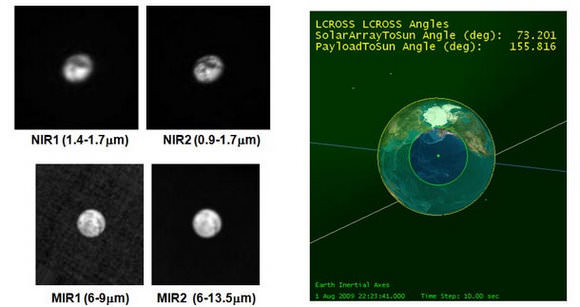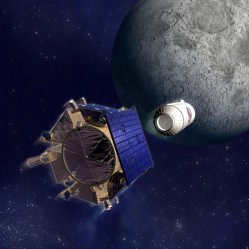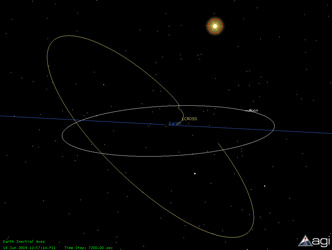[/caption]
The operations team for the Lunar Crater Observation and Sensing Satellite (LCROSS) mission has discovered the spacecraft experienced an anomaly, causing it to use up a substantial amount of its fuel. According to spacecraft data, the LCROSS Internal Reference Unit (IRU) experienced a fault. The IRU is a sensor used by the spacecraft’s attitude control system (ACS) to determine the orientation and trajectory of the spacecraft. The anomaly caused the spacecraft ACS to switch to the Star Tracker Assembly for spacecraft positional information and caused the spacecraft’s thruster to fire excessively, consuming a substantial amount of fuel. Initial estimates, however, indicate that the spacecraft still contains sufficient fuel to complete the full mission.
LCROSS is scheduled to impact the lunar south pole in early October.
The team discovered the problem during a communications pass with the spacecraft on August 22, 2009. Mission operations declared a ‘spacecraft emergency’ and were allocated additional communications time on the Deep Space Network. The team conducted procedures to mitigate the problem and were able to restart the IRU and reduce fuel consumption to a nominal level. Automatic operations procedures also were implemented to minimize the possibility of another IRU anomaly from occurring while the spacecraft is out of contact with the ground.
Thankfully, since the re-start of the IRU, the spacecraft has not experienced any additional problems.
The team continues to actively assess and mitigate the situation and is in contact with the manufacturers of the IRU and star tracker to investigate the root cause of the problems. Mission managers remain optimistic the LCROSS mission can reach its successful conclusion with projected impact at the lunar south pole currently set for 4:30 a.m. PDT on Oct. 9, 2009.
LCROSS launched with the Lunar Reconnaisance Orbiter on June 18, 2009. The main LCROSS mission objective is to confirm the presence or absence of water ice in a permanently shadowed region near a lunar pole. Learn more about LCROSS and LRO here.
Source: SpaceRef

